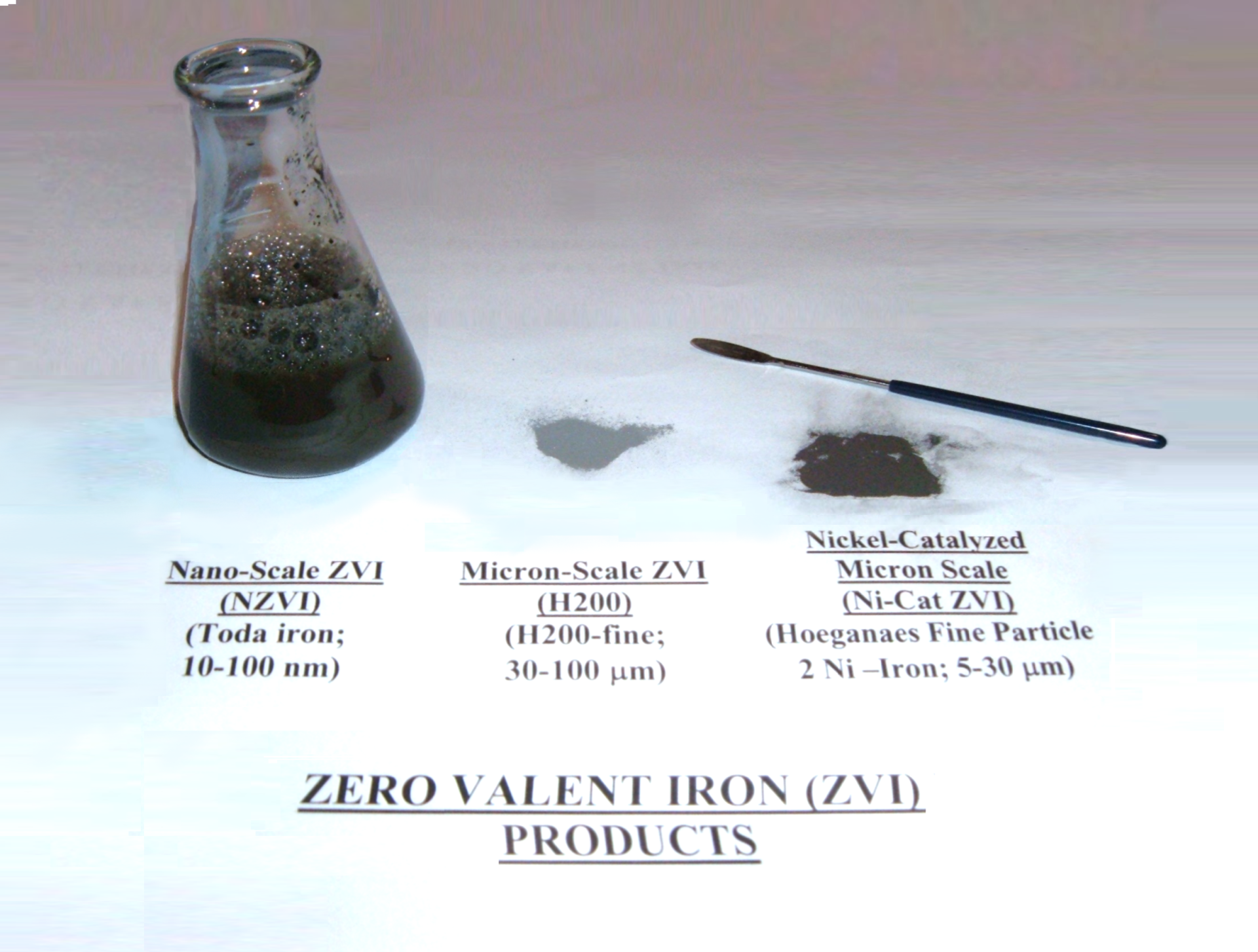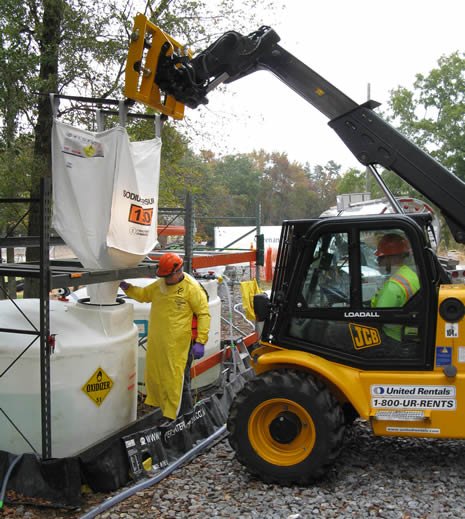

Loureiro assisted Naval Facilities Engineering Command (NAVFAC) by treatability testing several remedial technologies for carbon tetrachloride (CT) and tetrachloroethene (PCE) impacted groundwater at an active explosive research and storage facility. The applicable remedial technologies included:
- Catalyzed hydrogen peroxide (CHP)
- Alkaline activated persulfate (AAP)
- Zero Valent Iron (ZVI): nano-scale, micron-scale, and nickel-catalyzed products
The results of the treatability testing indicated that AAP applied at 50 g/L outperformed the other technologies and could meet remedial goals without the persistence of undesirable end products. The AAP reduced CT by >98% with three applications of 50 g/L; at a concentration of 200 g/L, only a single application of AAP was required. CHP was also effective, but site-specific concerns associated with the associated gas evolution eliminated this technology from further consideration. The ZVI technologies effectively treated CT, but persistent daughter products eliminated this technology as an option for the pilot testing. Based on the bench test results, Loureiro completed pilot testing followed by a full-scale AAP application at the site, using a recirculation based injection strategy. Groundwater monitoring results indicated that project objectives were met for CT and PCE.
click here to view a presentation of the treatability testing through full-scale application






